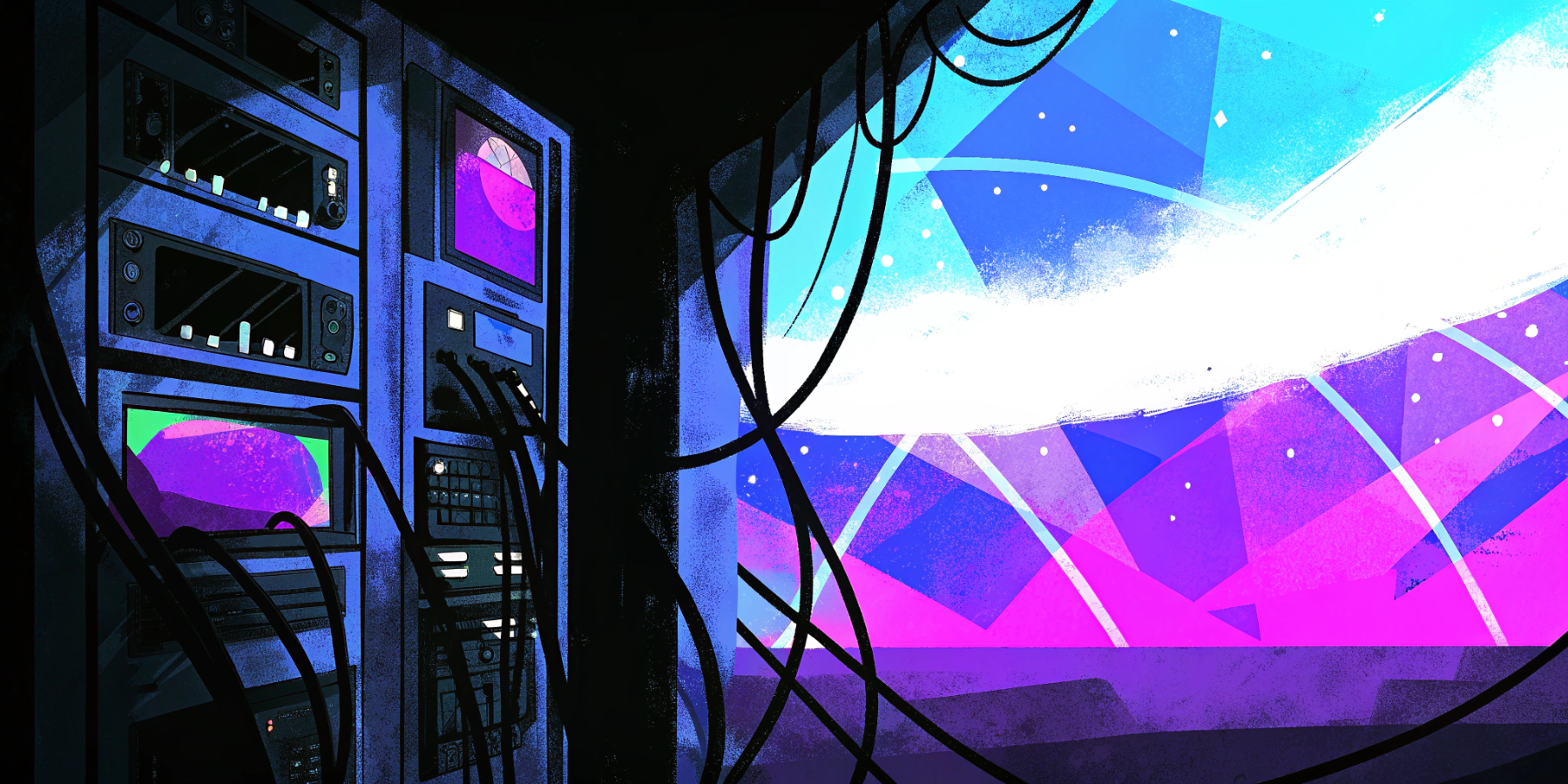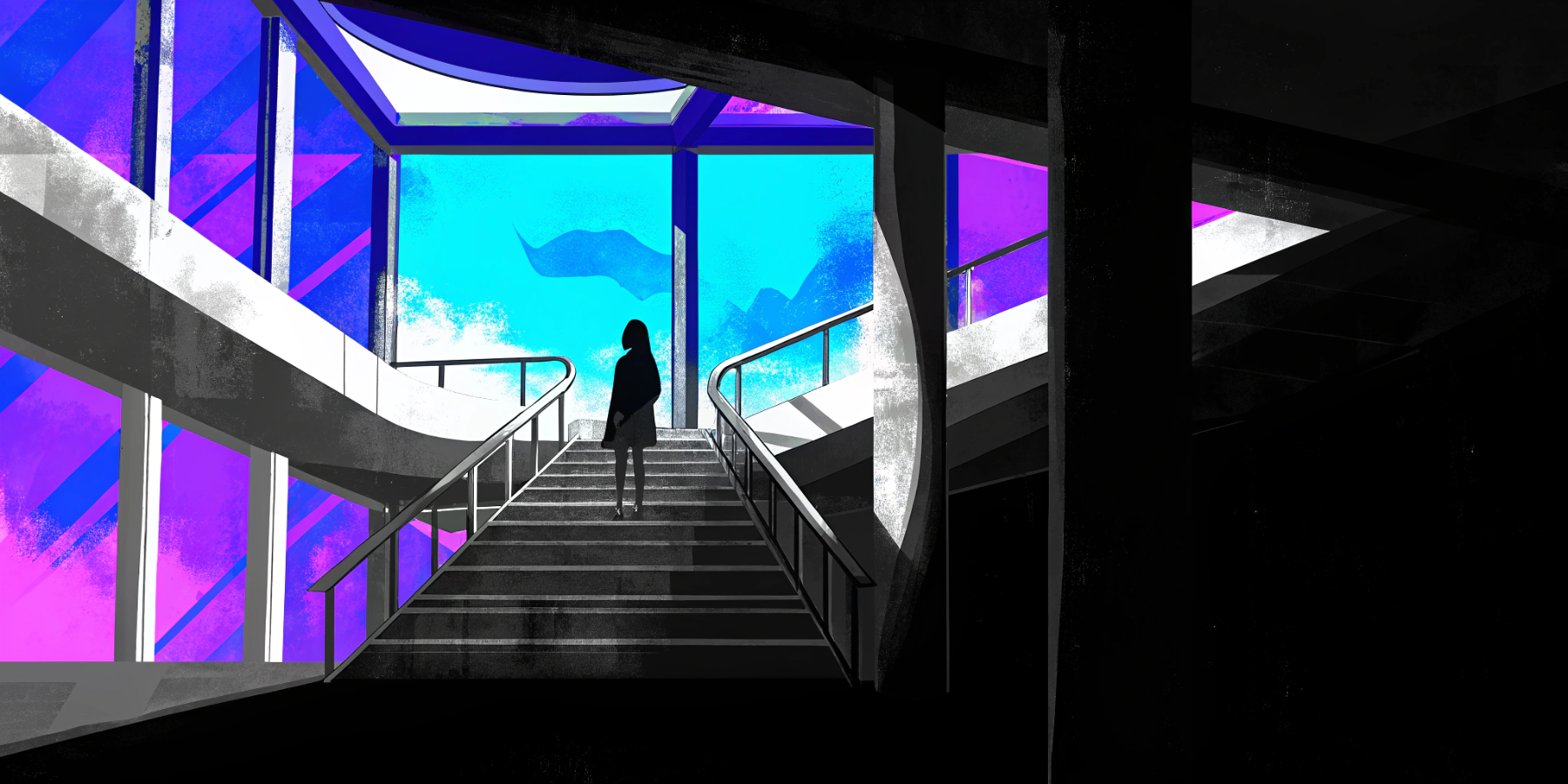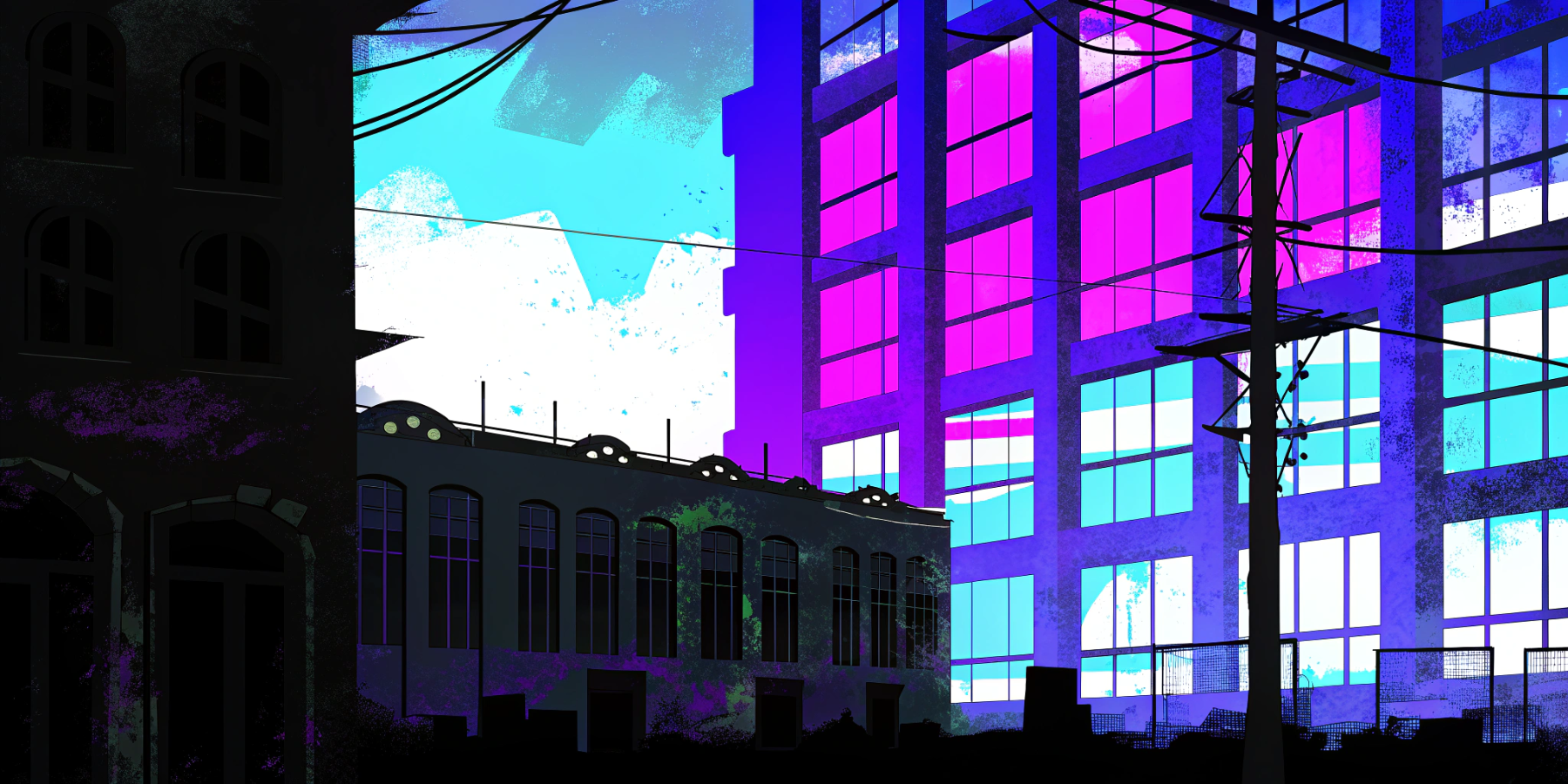For nearly two decades, WordPress dominated the web. It was the default platform for bloggers, business owners, publishers, and agencies. With its open-source model, plugin ecosystem, and large developer community, it seemed unstoppable.
But in 2025, things look very different. WordPress is no longer the default choice. Usage has declined. Confidence has dropped. New platforms—more modern, more secure, more maintainable—are rising fast. And longtime supporters are quietly (or not-so-quietly) moving on.
So what happened?
This post outlines three core reasons for WordPress's decline: a block editor that created more problems than it solved, a plugin ecosystem that became too bloated and risky, and a fractured community that’s lost its way. These insights are part of a larger research report we’ve compiled—this piece will give you the highlights.
1. Gutenberg Was Supposed to Modernize WordPress. It Didn’t.
The Gutenberg block editor was introduced to revolutionize WordPress. The promise was clear: give users an intuitive, drag-and-drop experience that rivals modern page builders. Replace the outdated Classic Editor with a unified editing interface. Empower users to design more freely, with less reliance on themes or code.
In reality, Gutenberg introduced a long list of problems:
- Rigid design limitations that forced designers to work around core blocks or write custom CSS just to achieve basic layouts.
- Inconsistent UX that confused clients, buried key settings, and made simple tasks unnecessarily difficult.
- Broken block recoveries that caused layout instability and content loss when switching themes, updating plugins, or copy-pasting from external sources.
- No built-in responsive controls (for years), requiring hacks or third-party plugins to adjust layouts on different screen sizes.
- Bloating and messy HTML output with too many nested
<div>s and inline styles, making sites slower and harder to maintain.
Instead of streamlining the experience, Gutenberg fractured it. Agencies that embraced it had to retrain clients, rebuild workflows, and patch limitations with external block libraries. Many clients who once managed content independently now send routine edits back to their developers. What was supposed to democratize publishing made it more fragile.
And for those who didn’t like Gutenberg? The workaround was to layer on third-party page builders—Elementor, WPBakery, Divi, Beaver Builder—which introduced their own performance problems, incompatibilities, and content lock-in. The ecosystem became even more fragmented than before.
2. Plugins Gave WordPress Its Power. They’ve Now Become Its Weakness.
WordPress's plugin ecosystem has long been its selling point. Need a contact form? Gallery? SEO tool? Event calendar? There’s a plugin for that. Tens of thousands, actually.
But over time, this open-door philosophy led to major issues:
- Security vulnerabilities. Nearly every week, a popular plugin is found to have a serious security flaw. Some allow full site takeover. And even patched plugins depend on users keeping them updated—which many don’t.
- Abandoned plugins. Many free plugins are side projects. Their creators vanish, leaving outdated code running on thousands of sites.
- Code quality issues. Plugins are built by thousands of independent developers with wildly different coding practices. There’s no consistent standard or oversight.
- Performance bloat. Many plugins load unnecessary scripts, styles, or database queries on every page, tanking Core Web Vitals and causing slow load times.
- Compatibility chaos. One plugin update can break another. Conflicts are common. Debugging takes hours. Sites feel like ticking time bombs.
For agencies and developers, the maintenance burden is real. Hours each month go into patching plugins, testing updates, and fixing what breaks. For site owners, it’s even worse: when something goes wrong, they don’t know why—and they can’t fix it.
The result? WordPress sites require more ongoing maintenance than ever. More monitoring. More backups. More security plugins to compensate for the security plugins. And often, the solution is to keep removing plugins until the site stops breaking.
This is not what modern web development should feel like.
3. The Community That Built WordPress Is Breaking Apart
Open-source software depends on community. For years, WordPress thrived on the goodwill, contributions, and energy of developers, designers, writers, and advocates around the world. That momentum is fading.
Fewer WordCamps. Fewer contributors. Less transparency. More tension.
And then came the WP Engine feud. When WordPress co-founder Matt Mullenweg publicly attacked WP Engine—a major hosting company in the WordPress space—for "not giving back," and then restricted their access to WordPress.org infrastructure, the gloves came off. The drama spilled into the press, lawsuits were filed, and hundreds of Automattic employees reportedly left or took buyouts.
It exposed what many insiders had already suspected: that leadership in the WordPress ecosystem was no longer aligned with its community. That one person held too much influence over what was supposed to be a decentralized project. That the values of open collaboration had been replaced by corporate politics.
And when leadership fractures, so does confidence.
Today, the WordPress ecosystem feels more fragile than ever. Large agencies and enterprise users are hedging their bets. Developers are moving to frameworks they can trust. The grassroots energy that once propelled the platform forward has dulled.
What website platforms are people migrating to?
They're moving to platforms that are:
- Faster by default. Tools like Webflow, Framer, or Astro sites with headless CMSs deliver lightning-fast performance out of the box.
- More secure. Hosted solutions with no plugin vulnerabilities. Static builds with no exposed admin areas. Smaller attack surfaces.
- Less work to maintain. No plugin updates, no breaking changes, no dependency conflicts.
- More design-forward. Editors and builders that actually support creative freedom without needing developer intervention.
Some are moving to closed platforms. Others to Jamstack. Some to no-code tools. The point is: they're moving. And WordPress, once the obvious answer, now has to fight for every project.
Final Thoughts
WordPress isn’t going away overnight. But it's clear the platform is in decline. Not because one feature failed—but because three core pillars are crumbling at the same time:
- The editor (Gutenberg) created more confusion than clarity.
- The plugin ecosystem became a liability, not a strength.
- The community lost trust in leadership and direction.
If WordPress wants to regain momentum, it needs to rebuild these pillars. Or at the very least, acknowledge what’s broken and support the growing segment of users seeking modern alternatives






